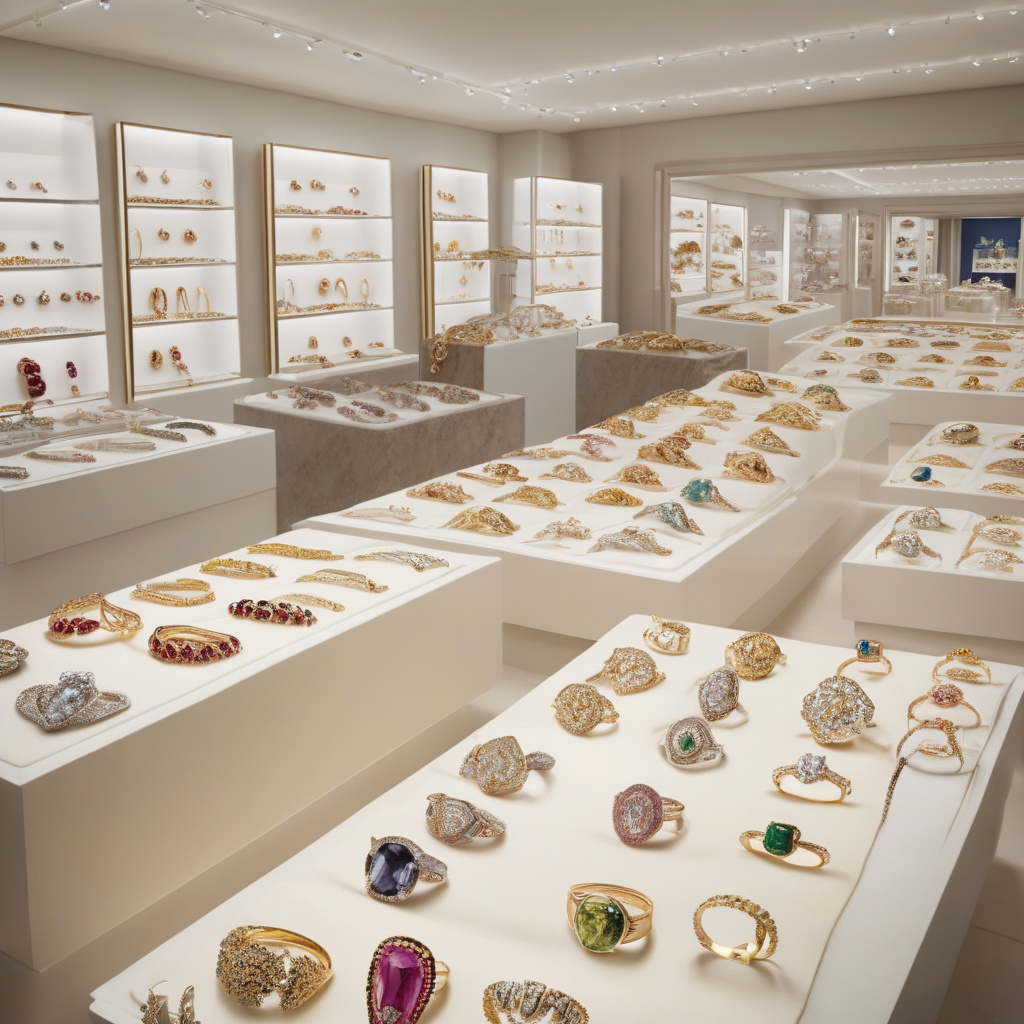The Jewellery Boom: How Smaller Designers are Shaping the Industry Landscape
In a world where luxury fashion brands are grappling with declining demand, there is one sector that seems to be thriving – jewellery. The sparkle of diamonds, the luster of gold, and the allure of precious gemstones have captured the hearts of consumers, leading to a significant boom in jewellery sales. But what exactly is driving this trend, and how are smaller designers making a mark in an industry dominated by big names?
The traditional narrative of luxury often revolves around well-established fashion houses with centuries-old legacies. However, in recent years, there has been a noticeable shift towards independent and niche jewellery designers who are redefining the industry. These smaller players are not only bringing fresh perspectives and innovative designs to the table but also resonating with consumers on a deeper level.
One of the key factors fueling the rise of smaller designers is the growing consumer preference for unique and personalized pieces. In a world inundated with mass-produced jewellery, individuals are increasingly seeking out items that tell a story, reflect their personality, and stand out from the crowd. This shift in consumer behavior has created a ripe market for emerging designers to showcase their creativity and craftsmanship.
Moreover, smaller designers are leveraging digital platforms and social media to connect directly with their target audience. By harnessing the power of Instagram, Pinterest, and other online channels, these designers can bypass traditional retail channels and engage with consumers in a more authentic and meaningful way. This direct-to-consumer approach not only allows for greater transparency and traceability in the supply chain but also fosters a sense of community and belonging among customers.
Another driving force behind the jewellery boom is the rise of sustainable and ethical practices within the industry. As awareness about environmental and social issues continues to grow, consumers are placing greater emphasis on the provenance and ethics of the products they purchase. Small designers, who often have more control over their supply chains and production processes, are well-positioned to cater to this demand for ethically sourced and responsibly made jewellery.
Furthermore, the success of smaller designers can also be attributed to their ability to offer a wider range of price points and cater to a more diverse customer base. While traditional luxury brands may be out of reach for many consumers, independent designers are able to create pieces that are not only stylish and well-crafted but also accessible and inclusive. This democratization of luxury has opened up new avenues for growth and expansion within the jewellery industry.
In conclusion, the jewellery boom is a testament to the power of creativity, innovation, and authenticity in capturing consumer interest and driving industry growth. Smaller designers are not just following trends but setting them, paving the way for a more diverse, sustainable, and consumer-centric future for the jewellery industry. By staying true to their values, embracing digital tools, and prioritizing transparency and inclusivity, these designers are reshaping the landscape of luxury jewellery and inspiring a new generation of consumers.
jewellery, luxury, designers, consumer behavior, sustainability









